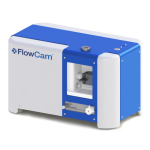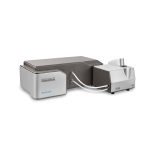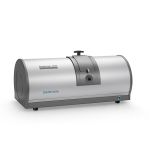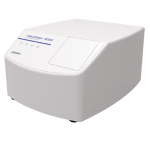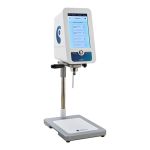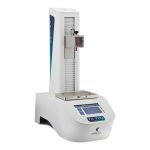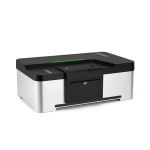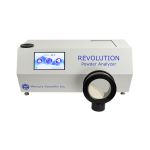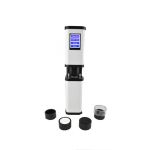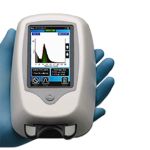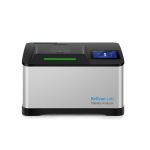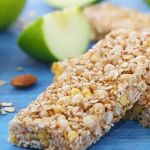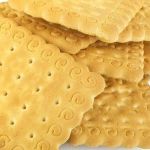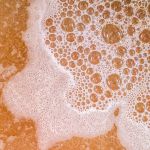Industrial Information
Food and beverage
Why particle characterisation is important in the food and beverage industry
Particle characterisation techniques aid food and beverage manufacturers in ensuring product quality and consistency. By assessing parameters like particle size, shape, and distribution, these techniques optimise formulations, enhance texture, and improve stability, contributing to better sensory attributes and prolonged shelf life of food and beverage products.
Using particle size analysis in food and beverage industries
Particle size analysis in food and beverage industries ensures product consistency and quality, optimising formulations for texture, stability, and sensory attributes, crucial for meeting consumer preferences and regulatory standards.
Shake things up with powder flow analysis
Powder flow analysers assist powdered shake manufacturers in optimising blending and packaging processes, ensuring uniform powder flow properties crucial for consistent product quality and manufacturing efficiency.
Particle shape analysers for beverage manufacturers
Flow imaging microscopy aids whiskey production by analysing suspended particles, ensuring clarity, quality, and consistency in the final product, essential for maintaining brand reputation and consumer satisfaction.
Texture analysers for food manufacturers
Texture analysers are employed in food production to assess product consistency, firmness, and chewiness, ensuring desired sensory attributes and quality across various food products for consumer satisfaction.

Case study
A customer came to us with two samples of the same children’s chocolate milk product taken on two separate days. Their quality control had identified that the two samples differed in colour and one did not taste as smooth on the tongue, it seemed almost gritty in texture.
We ran the samples on the LS13320XR with the ULM module to show the particle distributions. The quality department were able to use this data to understand the differences between the two samples and where in one case the product was perfect, the size distribution showed a smooth curve, just like you can imagine the product tasting. The other sample produced a similar distribution, with a small amount coarse particle size present as an additional peak.
We worked with the customers R&D group to optimise their homogenisation process and hence improve product control; this was then passed no to QC to help with their pass/fail criteria.
The customer was so impressed with the ease of which they were able to obtain this data they purchased an instrument and are now using it as a quality control checks, on a daily basis and by R&D when required, to ensure their product is conforming to their standards every day.

